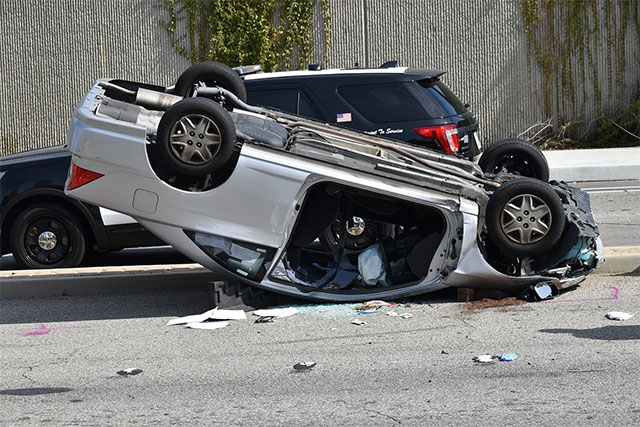Car accidents can be traumatic experiences, leaving us shaken and overwhelmed. The immediate concern for our safety and well-being often takes precedence. But once the initial shock wears off, the reality of car damage sets in. The sight of a dented or scratched vehicle can be disheartening, and the potential expenses for repairs can add to the stress.
Restoring your car after an accident becomes a necessary step not only for its appearance but also for its functionality and long-term value. Fortunately, there are practical ways to address the damage and bring your car back to its pre-accident condition. These ways include:

Table of Contents
Assess the Damage
Once you have received the necessary medical attention, assess the extent of damage sustained by your vehicle. In the case of a major accident, the damage may be evident, such as a broken windshield or shattered glass.
However, in the event of a minor accident, a careful inspection of the exterior and interior is required to identify any visible signs of damage. Be diligent in searching for dents, scratches, broken parts, or any other noticeable issues.
It’s important to document all the damage by taking photographs or videos and noting any specific details. For example, if there is a dent on the driver’s side door or a broken taillight, make a record of it.
It’ll give you a clear understanding of the repairs needed and helps when communicating with insurance companies or repair shops. Moreover, you’ll have concrete evidence to support your claims and ensure that all necessary repairs are addressed.
Choose a Reputable Repair Shop
Just as you wouldn’t entrust your health to an unqualified doctor, you shouldn’t leave your car’s restoration in the hands of an unreliable repair shop.
It doesn’t matter whether you have to replace the auto glass completely or only need crack or chip repair service; you need to work with the best in-town repair shop. It will give you assurance of working with high-quality workmanship and customer satisfaction.
Nevertheless, ensure they use high-quality materials and adhere to industry standards for safety and durability. A reliable shop will also provide warranties on their workmanship and the products they use.
Tip: To find a reputable repair shop, seek recommendations from trusted sources, such as friends, family, or insurance providers. Read online reviews and check their certifications or affiliations with industry associations.
Work with Your Insurance Company
Once you have documented the damage and chosen a repair shop, it is important to notify your insurance company about the accident as soon as possible. Inform them about the details of the incident and provide them with any necessary documentation or evidence. They will guide you through the claims process and provide the required information and paperwork.
They may also have preferred repair shops they work with, but remember that you have the right to choose your own repair shop as long as they provide reliable and high-quality service. Effective communication with your insurance company ensures a smoother claims process and facilitates the necessary financial coverage for the repairs.
Also, bear in mind that they will try to reduce your claim as much as possible. So, you must pay attention to every single detail, including minor ones, to get appropriate financial compensation. It will ensure that you can pay for the repairs and improve the condition of your car.
Fix Body Damage
Body damage is a common consequence of car accidents, ranging from minor dents to significant panel deformations. When it comes to fixing body damage, there are different approaches depending on the severity of the damage.
For minor dents, paintless dent repair (PDR) techniques are generally used. Skilled technicians use specialized tools to carefully massage the dents out from behind the panels without repainting. This method is cost-effective and helps retain the original paint finish.
However, for more severe body damage, traditional repair methods are necessary. This typically involves replacing damaged panels and repainting the affected areas. Consulting with a repair shop will help determine the best approach for your specific situation, ensuring a proper restoration of your car’s appearance.
Ensure Proper Functionality
While your car’s appearance is important, its functionality and safety should never be overlooked. So, make sure to have a thorough inspection of your car’s mechanical components. It involves checking and testing various systems to ensure they are in optimal working order. This includes inspecting the alignment, suspension, brakes, and airbags, among other critical components.
Moreover, conducting a comprehensive test drive after the repairs are completed is essential to verify that all systems function correctly. It’ll give you peace of mind knowing that your car is visually restored and operating at its best, providing a safe and reliable driving experience.
The Bottom Line
While accidents can be overwhelming, repairing your car afterward is essential. By following these steps, you can restore your vehicle to its pre-accident condition, both aesthetically and functionally, ensuring its long-term value and peace of mind.












